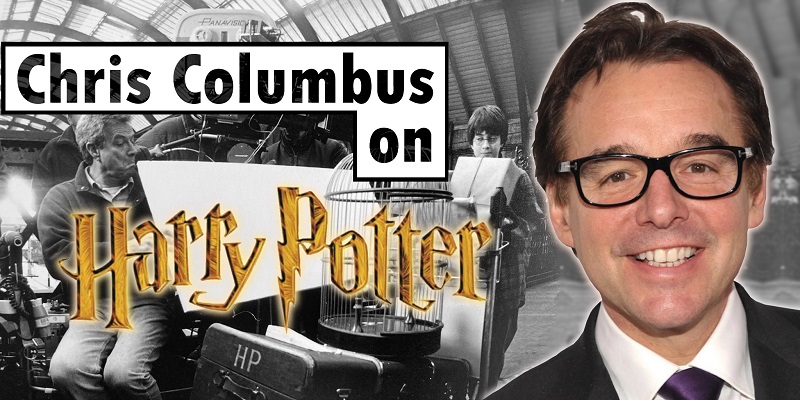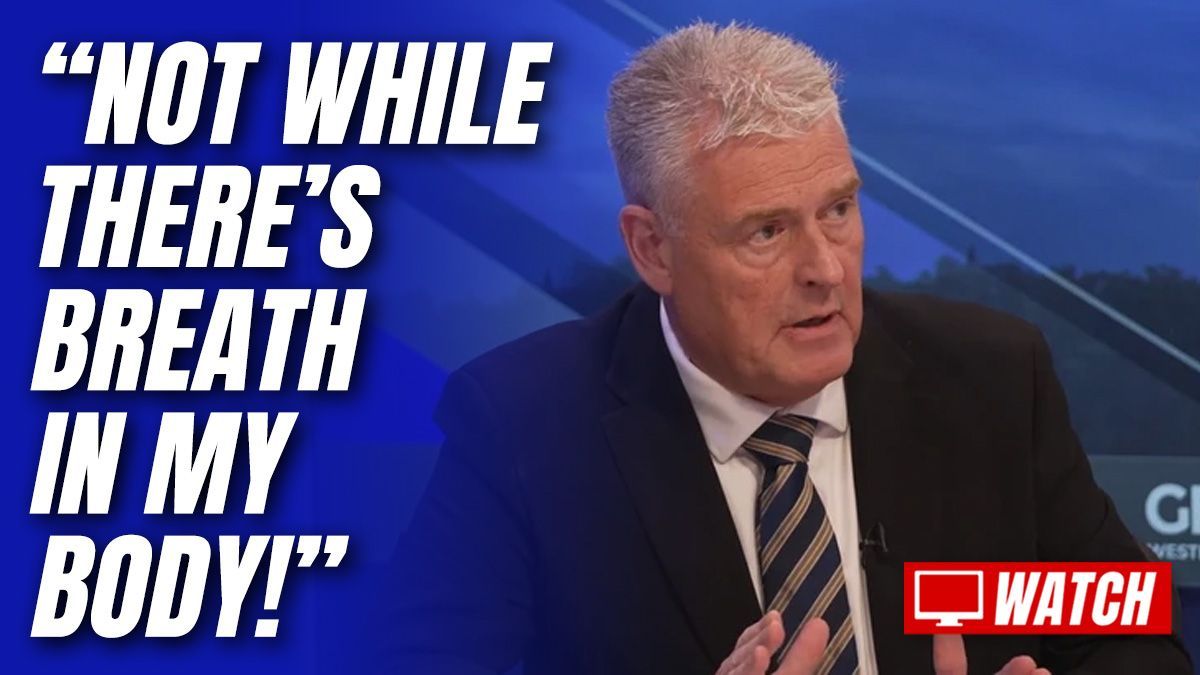Alfonso Cuarón's Harry Potter: Why The Change From Chris Columbus?

Table of Contents
A Shift in Tone and Visual Style
Cuarón's Azkaban brought a palpable change to the Harry Potter cinematic universe. Gone was the lighter, almost fairytale-like quality of the first two films; in its place was a darker, more mature aesthetic that perfectly mirrored the growing complexity of the source material.
-
Cuarón's Prior Work: Consider Cuarón's previous film, Y Tu Mamá También. Its raw realism and exploration of complex themes laid the groundwork for his approach to Azkaban. This departure from the whimsical tone of the previous films allowed for a more nuanced exploration of the darker elements within Rowling's writing.
-
Visual Differences: The visual style underwent a dramatic transformation. The cinematography became richer, employing more dynamic camera movements and a more textured, less brightly lit aesthetic. The color palette shifted from the bright, almost saccharine tones of the first two films to a more muted, naturalistic range, contributing to the film's overall darker mood. Set design also evolved, creating a more realistic and less overtly fantastical environment.
-
Reflecting Maturity: This shift wasn't arbitrary. The third book in the Harry Potter series introduces more complex themes and a darker narrative arc. Cuarón's stylistic choices directly reflected this growth in maturity, both in the story and the target audience, which was increasingly aging with the characters.
Exploring Deeper Themes and Character Development
Beyond the visual transformation, Cuarón injected a level of psychological depth previously unseen in the Harry Potter films. He moved beyond simple plot points to explore the intricate emotional lives of the characters.
-
Harry's Emotional Turmoil: Azkaban delves into Harry's grief over the loss of his parents and his growing anxieties. This emotional depth provides a more relatable and human portrayal of the young wizard.
-
Supporting Character Development: Characters like Remus Lupin and Sirius Black, pivotal figures in this installment, are portrayed with a nuanced complexity that allows for a deeper understanding of their motivations and inner conflicts. The audience forms stronger connections with these characters due to this added depth.
-
Subtext and Nuance: Cuarón masterfully employed subtext and nuanced performances to enrich the narrative. The unspoken emotions and subtle interactions between characters added layers of meaning and complexity, elevating the film beyond a simple children's adventure. This focus on character development, especially Harry Potter's character arc, marked a turning point for the franchise.
Narrative Structure and Pacing
Cuarón's influence extended to the film's structure and pacing. He implemented a more sophisticated narrative approach, enhancing the suspense and engagement for the viewer.
-
Pacing and Structure Compared: Unlike the comparatively linear narratives of the previous films, Azkaban employs a more dynamic pace, building tension through carefully orchestrated moments of suspense and quieter reflection.
-
Flashback and Non-Linear Storytelling: The film utilizes flashbacks and other non-linear storytelling techniques to enrich the narrative and reveal crucial backstory. This approach added complexity and depth, rewarding attentive viewers.
-
Impact on Audience Engagement: The result was a more engaging and immersive viewing experience. The carefully crafted narrative structure and pacing kept the audience on the edge of their seats, fully invested in the unfolding events. This more mature narrative structure became a significant point of comparison with the previous films.
Columbus's Departure and Cuarón's Vision
The transition from Chris Columbus to Alfonso Cuarón wasn't accidental. It reflected a conscious decision by the studio to shift the creative direction of the franchise.
-
Reasons Behind Columbus's Departure: While the exact reasons for Columbus's departure remain speculative, it likely involved a combination of factors, including a desire for a fresh perspective and a director who could embrace the increasingly complex narratives of the later books.
-
Contrasting Directorial Styles: Columbus's style, while successful in establishing the franchise, was arguably less suited to the darker tones and psychological depths of Azkaban. Cuarón's unique vision provided a complementary, and arguably superior, approach to the material.
-
Studio Involvement: The studio's involvement in the directorial change highlights their awareness of the need to adapt their approach to the evolving nature of the Harry Potter story. They sought a director who could meet the challenges of the increasingly complex and mature narratives.
Conclusion
Alfonso Cuarón's contribution to the Harry Potter series was nothing short of transformative. His Harry Potter and the Prisoner of Azkaban elevated the franchise, shifting its tone, style, and narrative depth to better match the maturing story and its audience. His focus on deeper themes, nuanced character development, and a sophisticated narrative structure remains a pivotal moment in the franchise's history. To truly understand the complete Harry Potter film journey, exploring the significant impact of Alfonso Cuarón's Harry Potter is essential. Dive deeper into the analysis of Alfonso Cuarón's Harry Potter and discover the magic behind this cinematic masterpiece.

Featured Posts
-
 Manfaatkan Cangkang Telur Pupuk Alami Untuk Pertumbuhan Tanaman Yang Sehat
May 03, 2025
Manfaatkan Cangkang Telur Pupuk Alami Untuk Pertumbuhan Tanaman Yang Sehat
May 03, 2025 -
 What The 2024 Florida And Wisconsin Election Turnout Reveals
May 03, 2025
What The 2024 Florida And Wisconsin Election Turnout Reveals
May 03, 2025 -
 Energy Policy Reform Examining The Changes With Guido Fawkes
May 03, 2025
Energy Policy Reform Examining The Changes With Guido Fawkes
May 03, 2025 -
 Alfonso Cuarons Harry Potter Why The Change From Chris Columbus
May 03, 2025
Alfonso Cuarons Harry Potter Why The Change From Chris Columbus
May 03, 2025 -
 A Call For Action Addressing The Severe Psychiatrist Shortage In Ghanas Mental Health System
May 03, 2025
A Call For Action Addressing The Severe Psychiatrist Shortage In Ghanas Mental Health System
May 03, 2025
